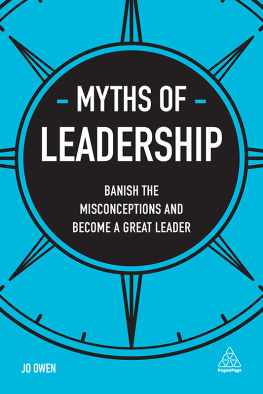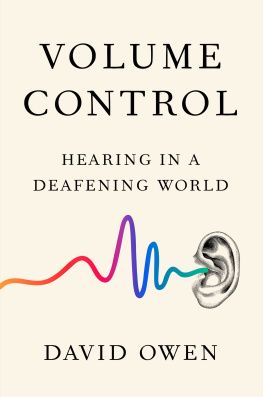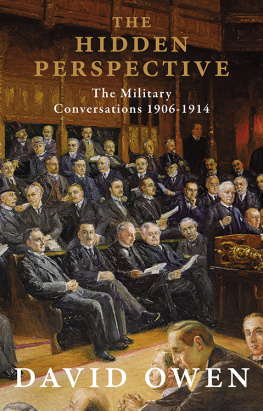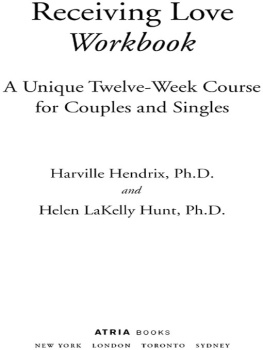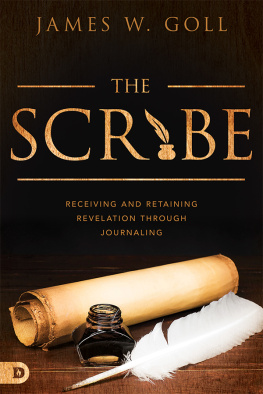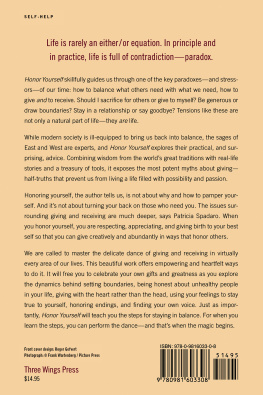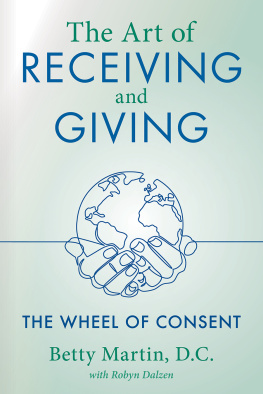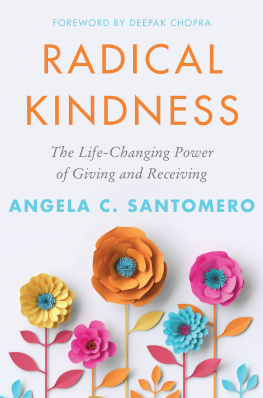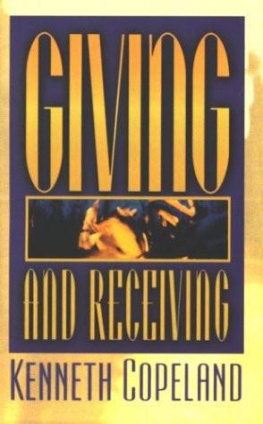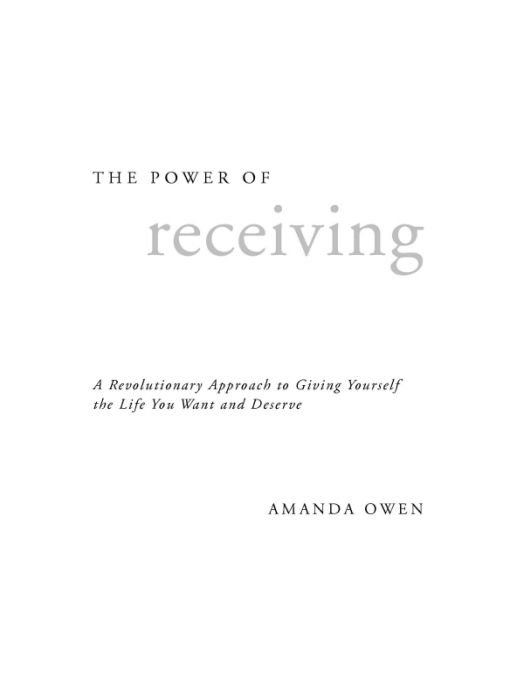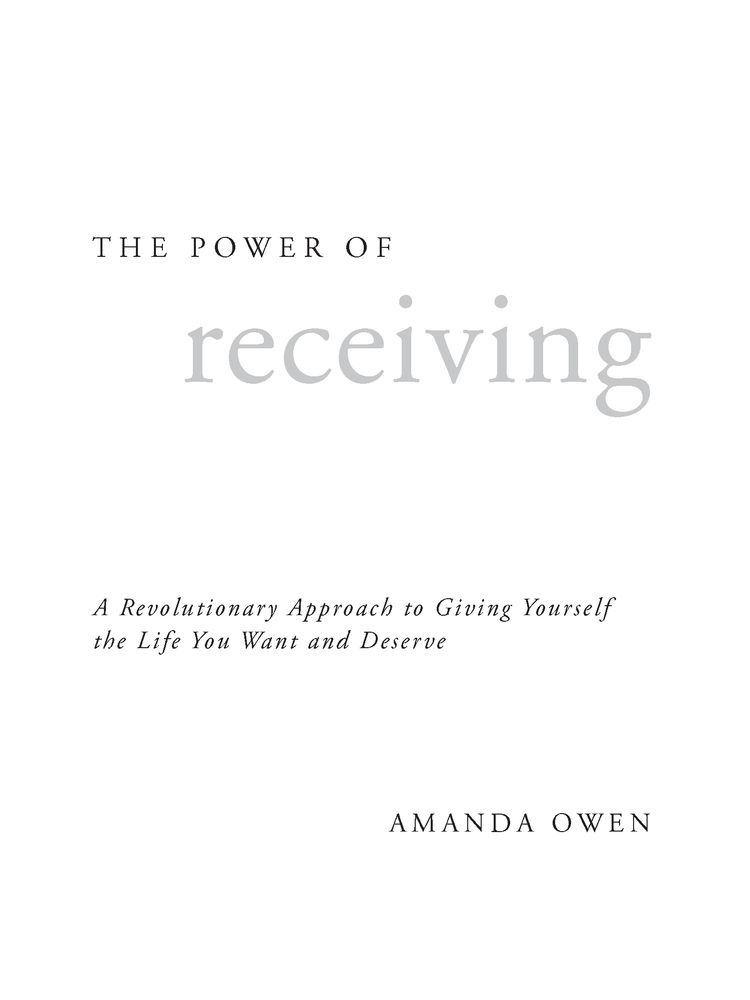Table of Contents
Jeremy P. Tarcher/Penguin
A MEMBER OF PENGUIN GROUP (USA) INC. New York
I dedicate this book to all who give and give and giveincluding, but by no means limited to, mothers, fathers, grandparents, teachers, aid workers, health workers, case managers, social workers, nurses, doctors, psychologists, volunteers and caregivers.
I hope the information in this book will inspire you to receive.
THE WORLD WILL GIVE ONLY AS MUCH
AS YOU CAN RECEIVE
preface
A displaced Hurricane Katrina victim who had lost everything was on TV being interviewed in the living room of her relatives home in Ohio. I watched her bottom lip quiver as she tried to stop the tears that were running in rivulets down the crevices of her weary face.
She was upsetbut not for the reason you would think. Her despair was due to having to receive help. A proud woman who had worked two jobs for most of her adult life, she had never taken handouts from anybody, and her shame was apparent by her inability to look at the interviewer, by her downcast eyes.
Twice traumatized, I notedfirst from the flood and then from needing to receive. I was not surprised by her anguish, since by 2005, the year of the devastating Hurricane Katrina, I had been presenting lectures about the importance of receiving for more than a decade.
The sad truth is we are not taught how to receive, let alone educated to balance giving and receiving. This deficit causes so much suffering, so much trouble. While the Giver archetype is well-known and celebrated in our culture, its opposite, the Receiver, is almost wholly unfamiliar. The result? Busyness is a virtue, and countless people multitask themselves into exhaustion, overextend their energy reserves and take care of other peoples needs at the expense of their own health and emotional well-being.
This investment in one side of the give/receive or active/ receptive equation goes against nature. And a caregiving, beractive individual who forms an identity based upon this unnatural state pays a high price.
The woman on TV was used to giving help but not receiving it. And now without the identity raft that had kept her afloat throughout her life, she was in deeply unfamiliar territory, physically and emotionally.
Her story is not unusual although most of us are not run out of town by a flood. More familiar scenarios are an empty nest, a loved ones death, a lost job, the onset of a health crisis or aging that brings a loss of independence and mobility.
At one time or another, we have been or will be in this Katrina victims positionneeding to turn to others for help, whether from relatives, friends, strangers or the government.
I doubt that receiving is a subject you have spent much time thinking about. Before my book begins, I want to tell you about how I stumbled upon this topic and how it changed my life and the lives of those I have taught how to receive.
I sold my house in 2007, left a dead-end relationship and drove west across the United States to start a new life in Arizona. I owe this radical change to my decision in 2004 to lead a group of eight people in a five-week Receive and Manifest course I created.
During the previous year I had written a manuscript titled 52 Reflections on the Art of Receiving, which was based on almost two decades of research. This book provided tips and strategiesone for each week of the yearto help people create happier, healthier lives by bringing receiving into balance with giving.
Back in the mid-1980s I became interested in the subject of receiving through my counseling work. Many of my clients habitually overextended their giving, sacrificing their needs and desires to help others attain their goals. Attempts to get their mates, children, other family members, coworkers or friends to help them or be more giving were frequently ignored. Frustrated, weary and resentful, my clients asked, When is it my turn?
If you have ever tried to control other peoples behavior, you know how futile that can be! Trying to force people to give is simply ineffective. As I sought ways to help my clients, I wondered if too much time and energy were focused on the un-giving instead of examining ones own capacity to receive. The more I thought about receiving, the more questions I had. What is receiving? How can I learn to receive? What are the benefits of knowing how to receive?
It didnt take me long to realize that because our culture lacks a vocabulary for receiving, to help my clients I would need to create one. I zeroed in on words that expressed receptivity of one sort or another. I studied Buddhist teachings, the philosophy of the Tao and the physics of quantum theory. I studied how people chased away what other people tried to give to them. I looked for the cultural underpinnings that supported a life philosophy that puts a halo around giving and ignores receiving. I examined the ways that people exclude their own needs and investigated the reasons that led them to do so.
From this research, I knew I would need to find a way for people to view the act of receiving as valuable, natural and advantageous to their happiness. And I needed to create concrete, easy exercises that people couldand wouldintegrate into their busy lives.
Eventually I developed the Three Steps to Receiving and began to teach my clients the foundational tools they needed to learn how to receive. Their lives changed for the better as they developed healthier give-and-take (or receive) relationships. My life also began to shift as my knowledge of and experience with receiving deepened.
Based on what I was witnessing, I knew others could benefit from what I had learned. In 2003, I submitted my manuscript 52 Reflections on the Art of Receiving to agents and publishers. Those who got back to me had reservations.
Why would people feel the need to receive? they asked. It is a topic that few have ever thought about. Where would the book be shelvedunder what category? People were not receptive to a book about receiving! I realized I needed to express my ideas more clearly. Back to square one.
Peoples awareness of topics related to receiving has grown significantly since 2003. The movie The Secret, literature that features the Law of Attraction, and the ongoing plea from Oprah and others for overdoing, exhausted people to give to themselvesthese have all given me a receptive world that is more educated and open to learning about the benefits of receiving.
But back in 2003, I didnt have the benefit of this educated public. As I mulled over my ideas about receiving and reviewed my manuscript, it occurred to me that in addition to helping people live more balanced lives, knowing how to receive might also help them get what they wantit could facilitate manifestation. If my hunch was correct, I could include information about this connection in a rewritten manuscript.
My hypothesis was this: life is inherently giving and if barriers to receiving were removed, like when a floodgate is lowered, lifes givingness would rush in. By this time, I was familiar with the benefits of receiving when it came to creating reciprocity in relationships and a greater balance in ones life overall. But the idea that someone could actually manifest a goal if they were an experienced Receiver intrigued me. And it seemed logical.


